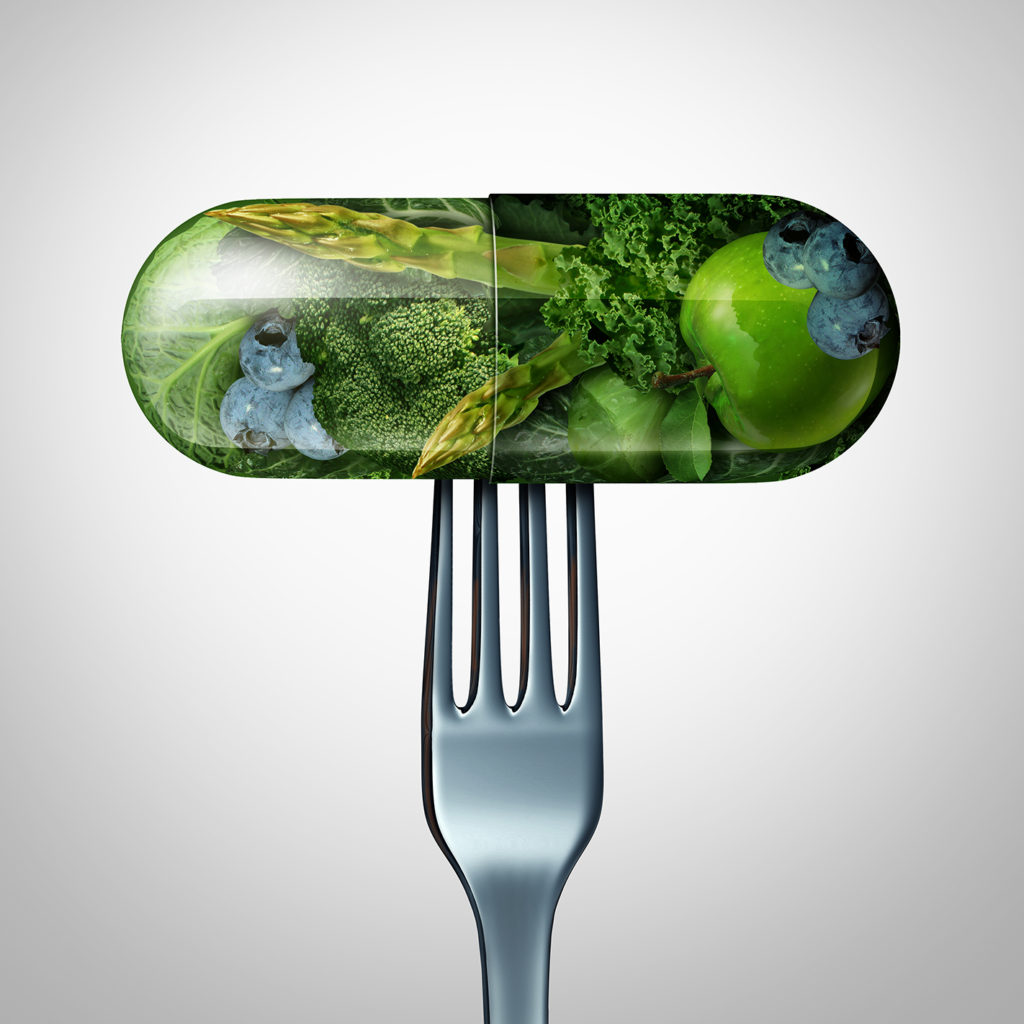No longer considered a mere garnish, kale is being used by chefs everywhere, who are finding delicious ways to incorporate it into their recipes. If you aren’t yet a kale convert, take a look at the many marvelous qualities kale has to offer.

Kale
Like broccoli, Brussels sprouts, and cabbage, kale is a leafy green cruciferous vegetable that originated in the far western part of the Asian continent. Most likely, Celtic wanderers introduced kale to Europe around 600 BC. In the seventeenth century, English settlers brought kale to the United States.
The most common variety of kale is curly kale, which can be green or purple; this form of kale is so attractive, it’s often used as a garnish. However, with its sweet and mild taste, not to mention its off-the-charts nutrition quotient, curly kale deserves a starring role, not a cameo appearance, on your dinner plate. The second most common type of kale is dinosaur, also called lacinato, kale. This distinctive form of dark green kale has tall, narrow leaves and a wrinkled texture. In general, the two types of kale can be successfully interchanged in most recipes.
Kale has a truly star-studded cast of nutrients. These include vitamins A, B1, B2, B3, B6, C, E, K, and folate and a variety of minerals, such as calcium, copper, iron, magnesium, manganese, phosphorus, and potassium. Kale is gaining attention because it’s so rich in calcium, and the calcium in kale is absorbed by the body twice as well as calcium from dairy products. Kale is also an excellent source of fiber, omega-3 fatty acids, protein, and the essential amino acid tryptophan. In addition, kale is rich in two types of antioxidants: carotenoids and flavonoids. Yet, despite being such a nutrition heavyweight, kale is a very low-calorie food.

Having fully earned its rank as a superfood, kale has strong anti-inflammatory properties, supports cardiovascular health, and aggressively kills cancer cells. Some researchers have concluded that kale and other cruciferous vegetables are more potent cancer fighters when eaten raw. When chopped or chewed, the sulfur-containing compounds in kale, called glucosinolates, form isothiocyanates, which are known to prevent cancer. However, cooking can substantially reduce or destroy the isothiocyanates in kale. If you haven’t tried raw kale before, there are two very palatable ways to incorporate it into your diet: blend it into a fruit smoothie or chop it into small pieces and use it in a marinated salad. After marinating in a dressing for about twenty minutes, raw kale leaves will soften. Alternatively, small pieces of fresh kale can be softened by “massaging” them with olive oil and lemon juice, and even bits of ripe avocado. To keep fresh kale from wilting, store it in a plastic bag in the refrigerator.
Reprinted from Superfoods: Nature’s Top Ten by Myrna Chandler Goldstein, MA and Mark Allan Goldstein, MD (Summertown, Tennessee: Books Alive, 2014): pp 22-23. www.bookpubco.com
Nourish yourself with this delicious I can’t believe I am craving Kale Salad recipe. Guaranteed to give you a boost and increase your sense of well-being!







